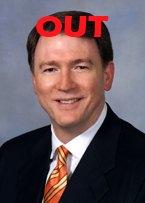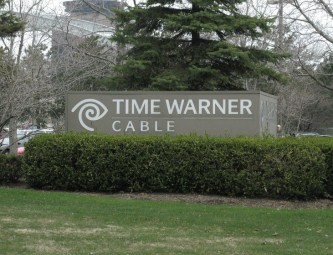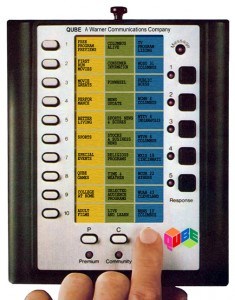 Glenn Britt, Time Warner Cable’s CEO, says the cable company’s biggest challenge in 2011 is remaining “completely focused on the customer.”
Glenn Britt, Time Warner Cable’s CEO, says the cable company’s biggest challenge in 2011 is remaining “completely focused on the customer.”
Britt told Michael Grebb, writing for CableFAX, that America’s second largest cable company cannot succeed if it dictates terms to customers.
“We have to deliver a differentiated customer experience that’s linked to our brand—a brand that says ‘we give you more control in ways that are simple and easy for you, the customer,'” Britt said. “We’ve heard loud and clear from customers that they want flexibility in packaging, including the ability to buy smaller packages. We’re working hard to deliver what they’re asking for.”
Britt is referring to Time Warner’s new pared-down cable-TV tier, TV Essentials. Currently undergoing a market trial in northeast Ohio and New York City, it deletes more expensive basic cable networks from the cable package to provide a discounted, smaller lineup to customers.
Britt’s remarks come more than a year after the cable company experimented with an Internet Overcharging scheme that would have restricted consumers’ use of Road Runner unless they were willing to pay triple the price — $150 a month — for unlimited use. The company shelved the test after an outpouring of customer complaints and threatened congressional action.
Britt’s remarks would seem to indicate Time Warner is not going to antagonize its customers in the coming year, especially considering the economic challenges many face. Time Warner lost more than 100,000 subscribers in the last quarter alone.
 “Even if we weren’t in a bad economy, we’d still want to deliver customized products and experiences to specific customer segments, which is smart business in any environment,” Britt said. “And it just so happens our lower [revenue] customer segments are most affected by the economy and are the same customers who are really shouting about smaller packages. With respect to ‘higher-end fare,’ I would add that, even with the tough economy, we’re still seeing good demand from higher [revenue] customer segments.”
“Even if we weren’t in a bad economy, we’d still want to deliver customized products and experiences to specific customer segments, which is smart business in any environment,” Britt said. “And it just so happens our lower [revenue] customer segments are most affected by the economy and are the same customers who are really shouting about smaller packages. With respect to ‘higher-end fare,’ I would add that, even with the tough economy, we’re still seeing good demand from higher [revenue] customer segments.”
Britt added Time Warner plans to be more aggressive about its own TV Everywhere project in the coming year. TV Everywhere delivers on-demand programming online for “authenticated” customers who also subscribe to a corresponding cable-TV package. No cable-TV package means no access to that programming online.
“Our firm belief is that consumers want access to any content, anywhere, any time and from any device,” Britt said.
Britt signaled the cable company feels on-demand is only part of the online video equation. Portability — the ability to access content on-the-go, is also a very high priority for Time Warner. Britt encouraged cable programmers to get on board and participate in the TV Everywhere project to help grow awareness of the service for existing cable-TV subscribers.
Britt also telegraphed the company was moderating its tone over retransmission consent agreement battles with cable networks and broadcasters. While previous statements from the cable operator indicated the company was prepared to “get tough” with programmers seeking dramatic price increases, Britt’s latest comments suggest the company recognized consumers do not want to be put in the middle of the disputes and the company was taking the matter to Washington lawmakers to adjudicate instead.
Time Warner faces a major showdown with Sinclair Broadcasting, owner of several network affiliate stations, which will come to a head on New Year’s Eve.
“We will continue to work hard to reach fair agreements, but we believe existing retransmission consent rules – set by the government almost 20 years ago – have not kept up with a changing marketplace,” Britt noted. “The rules are outdated, and they’re in urgent need of reform in order to avoid more public battles.”
[flv width=”640″ height=”500″]http://www.phillipdampier.com/video/Bloomberg Britt Calls for Cable Content Dispute Resolution Process 11-23-10.flv[/flv]
Time Warner Cable CEO Glenn Britt told Bloomberg News the company wants to reform the retransmission consent dispute process. (3 minutes)


 Subscribe
Subscribe






